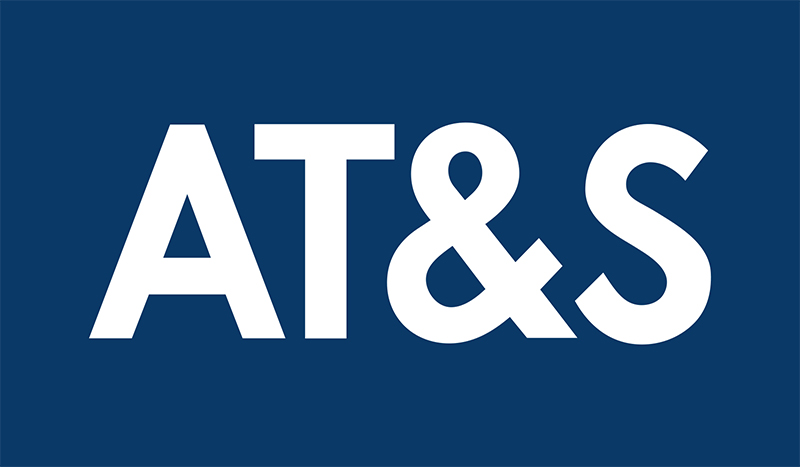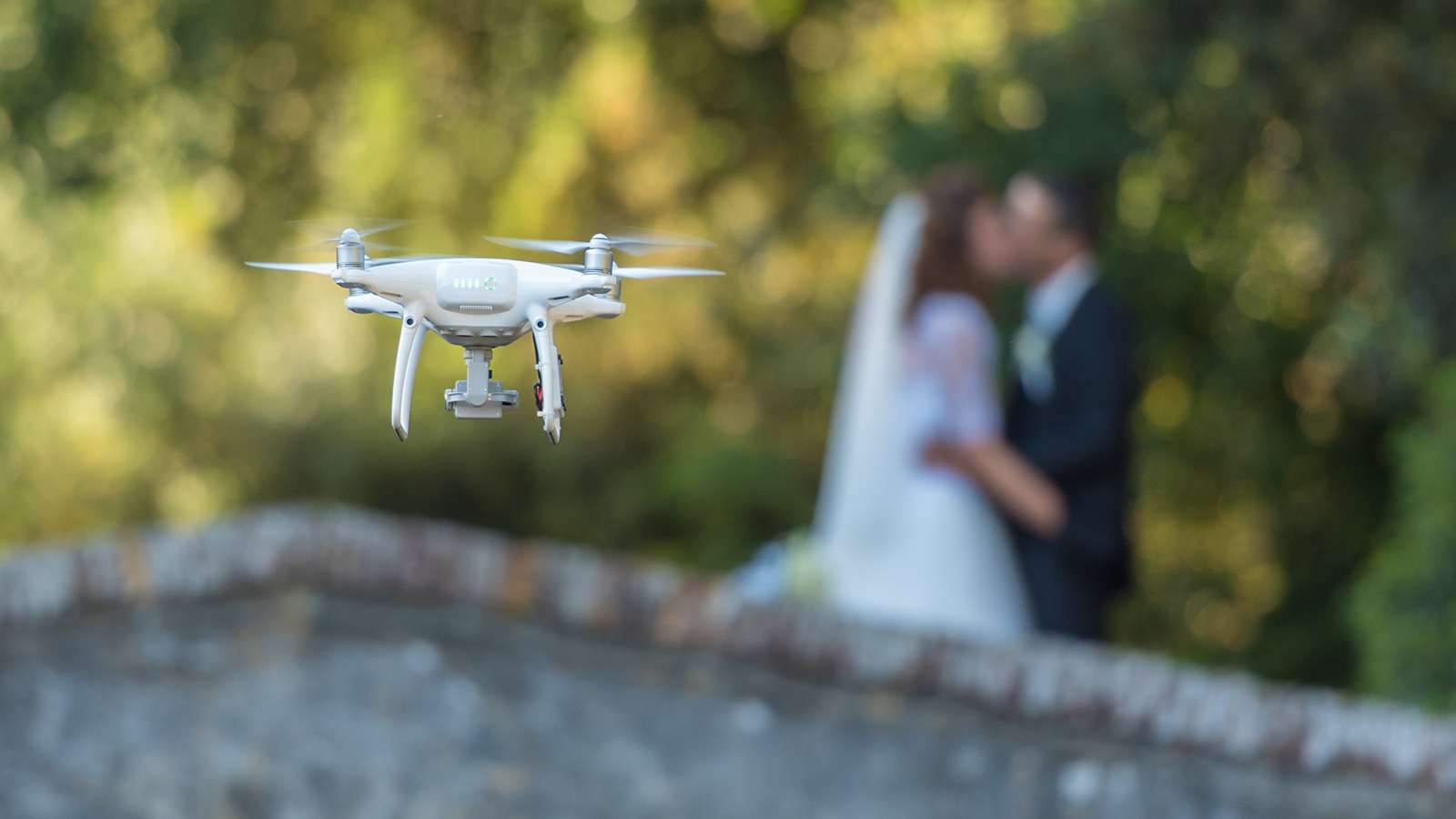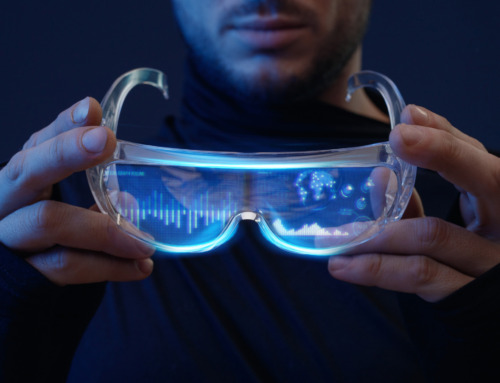AT&S supplies nervous systems for high-tech drones
From weddings to beach vacations, drones are currently the most exciting tool in the equipment for many amateur filmmakers and photographers. Connection technology from AT&S ensures excellent communication between the multitude of components, from GPS and sensors to high-resolution cameras on board.
Amateur drone pilots’ demands on their aircraft have increased significantly in recent years. Longer ranges, positioning accurate to the centimeter, state-of-the-art cameras, and increasingly automated flight mechanics to avoid obstacles require more complex electronic systems than ever. Engineers must implement this technology in the smallest space with as little weight as possible. State-of-the-art connection technology from AT&S enables the integration of many microchips and other electronic components in a compact package. This technology gives manufacturers the freedom they need to improve their products continuously.
Multi-layered help
To ensure that these improved components work together smoothly, AT&S supplies, among other things, multi-layer motherboards that can accommodate all necessary chips, memory modules, and sensors in the drone housing. The printed circuit boards are manufactured using proven AT&S Anylayer technology. Anylayer technology allows compact and yet robust integration of the electronic components while at the same time being economical. For the engineers at AT&S, mastering such complex technical tasks is a challenge that they meet together with customers.
In addition to main circuit boards for drones themselves, AT&S also supplies other circuit boards for remote drone controls. These circuit boards are also manufactured using Anylayer technology, which helps ensure that drones are still responsive even at maximum range. Images can be viewed directly on extra-large screens on remote controls without delay.
In 2020, the consumer market for drones was estimated at 5 million aircraft sold with a market value of 3 billion US dollars. By 2030, the number of drones in this segment is expected to double and the value to rise to $5.3 billion. The potential for commercial drones, whose tasks range from delivering parcels to autonomous air taxis, appears even more dynamic. While sales in 2020 were roughly on par with consumer drones at USD 2.7 billion, sales of commercial drones in 2030 are already estimated at USD 21.7 billion.
分享文章:




